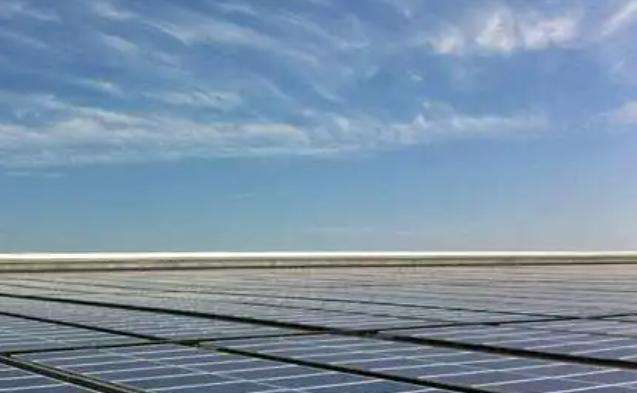1. Advantages of Rooftop Solar Panels
1. If solar panels are installed on the roof, solar energy resources can be used efficiently to generate electricity. save electricity consumption. The state now provides subsidies for the installation of electricity production panels. With solar power generation, our usual electricity consumption will be relatively low, saving money on your home's electricity bill.
2. Installing solar panels on the roof is relatively simple. Generally speaking, a few workers can install them in half a day.
2. Disadvantages of Rooftop Solar Panels
1. The investment in installing solar panels is relatively large. For some families, you may not accept. this is due to the cost of installation.
2. This type of solar power generation panel is installed directly on the roof if exposed to wind and sun for a long time, it may cause corrosion problems.
3. After all, solar panels are obtained from solar energy. Only by using solar energy can we generate electricity, so they can only be used on sunny days, if it is cloudy or if it is sunny. the sun is not particularly bright, electricity consumption will be affected.
4. During installation, holes must be drilled on the roof to penetrate the roof. Unreasonable installation at a later stage will cause roof leakage problems.
3. Is it safe to install solar panels at home?
1. If you install solar panels, this is actually actively encouraged by the state, and it can produce electricityunused electricity which can also be sold to the national network and receive appropriate subsidies. It can be connected to the electricity network, which means that two electricity meters must be installed in the house. One of the electricity meters is the electricity provided by the electricity company and the other electricity meter is the electricity produced by the solar panels.
2. According to experiments, if more than 1,000 photovoltaic panels are installed in a building, the power generation capacity of photovoltaic panels can reach 300,000 kilowatt hours per year, so it is relatively reliable.
The advantages and disadvantages of rooftop solar panels are:
1.Advantages< /p>
1. Solar energy resources can be used efficiently to generate electricity and electricity can be saved. At present,the State provides certain subsidies for the installation of electricity production panels. Solar power generation can allow us to use less electricity and save on our families' electricity bills.
2. Installing solar panels on the roof is relatively simple, generally speaking, it can be installed by a few workers in half a day.
2. Disadvantages
1. The investment in installing solar panels is relatively large. For some families, installation fees may be considered and will not be accepted.
2. This type of solar power generation panel is installed directly on the roof if exposed to wind and sun for a long time it may cause damage. Corrosion problems present.
3. After all, solar panels are obtained from solar energy, so they cannot be usedonly on sunny days. However, if it is cloudy or the sunshine is not particularly sufficient, power consumption will be affected. .
4. During installation, holes must be drilled on the roof to penetrate the roof. If the subsequent installation is unreasonable, the roof will leak.
The principle of solar panels
A solar cell is a device that responds to light and can convert light energy into electricity, producing an effect photovoltaic. many kinds of materials, such as: monocrystalline silicon, polycrystalline silicon, amorphous silicon, gallium arsenide, copper selenium indium, etc. Their principles of energy production are basically the same. Now crystalline silicon is used as an example to describe the photovoltaic power production process. P-type crystalline silicon is doped with phosphorus to obtain silN-type icium, forming a PN junction.
When light irradiates the surface of the solar cell, part of the photons are absorbed by the silicon material; the energy of the photons is transferred to the silicon atoms, causing the electrons to transition and become free electrons. accumulate on both sides of the PN junction to form a potential difference. When an external circuit is connected, under the action of this voltage, a current will flow through the external circuit to produce a certain output power. The essence of this process is the process of converting photon energy into electrical energy.














